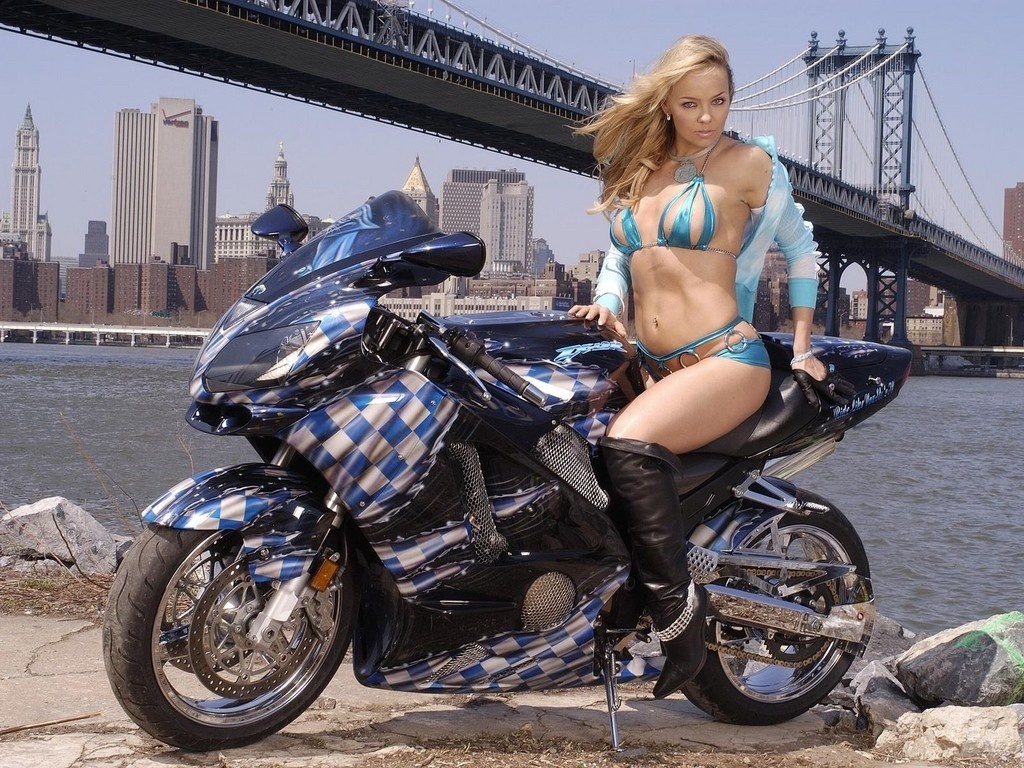1959 Austin-Healey Sprite, repainted the original Leaf Green.
Earlier this summer, I got an email from reader Tim Moore of Toronto asking for help finding someone who could do the brakes on his 1959 Austin-Healey Sprite.
Well, Peter came to the right guy. Or at least I was able to direct him to the right guy.
Mechanic Mike Johnston in Warkworth, Ont. is a Sprite fanatic. He’s had six or seven of them over the years and a 1962 model he bought in 1963 is on a rotisserie in his shop undergoing full restoration.
When Peter delivered his car to Warkworth, I got a phone call from Mike to come and check it out.
“This is the nicest original condition Sprite I’ve ever seen,” was his glowing assessment.
Indeed, except for paint and carpets the car is all original and is a left hand drive version to boot. That’s because Peter acquired the car in 1964 from an aunt in who’d it bought it while in England, but then had it shipped home to Canada.
Peter’s Sprite is the first generation bug eye model, so called because of the way its headlights bulge up out of the fenders. There’s a reason for this. Sprites were intended to have hidden headlamps, but when that proved too expensive they were fixed in place giving it that frog eye look, as they say in the U.K.
The little roadsters – just 137 inches long, with an 80-inch wheelbase – were quite rudimentary, riding on suspension bits borrowed from the Austin A35 sedan which also supplied the four-cylinder engine. Although there was no trunk lid, folding seatbacks allowed access to a rear storage compartment. However, the entire front assembly, including fenders, was hinged to provide outstanding access to the engine bay.
Entire front end raises for easy access to engine.
Sprites went into production in 1958, and although a tad underpowered with their 948-cc, 43-hp engines they handled, well, sprightly and were great fun to drive.
The second generation, or Mark II Sprite, went into production in 1961 and was also badged as an MG Midget. It gained a trunk lid but lost the bug eye headlamps and one-piece front section.
Sprites were made until 1971 while Midgets carried on until 1979, with a total of 352,732 “Spridgets” assembled at MG’s Abington works.
That’s a lot of cars. So why don’t you see more of them these days?
Because, as the editors of Consumer Guide pointed out in 1982’s Complete Book of Collectable Cars, they “rust out easily.”
Mike can attest to that. His MkII is on the rotisserie because of extensive rust damage to the unitized steel body from just one winter on the heavily salted roads of Quebec.
The Consumers Guide book lauded the cars for their “mechanical simplicity and great character,” and for being “light and frugal, fun to drive, easy to work on” with parts “in good supply.”
Mike can attest to all those things too, getting overnight delivery on all the parts he needed for Peter’s car.
As for being fun to drive, I can vouch for that. Mike gave me a ride when he was testing the brakes and it brought back memories of a 1976 Midget that was the subject of one of the Sun’s earliest road tests. Actually, we’d borrowed three sports cars – a Midget, a Triumph Spitfire and an MGB –- from British Leyland and the least expensive Midget was the most fun to drive. By then it had acquired a 66-hp engine Triumph engine.
Early bug eye versions are the most popular with collectors and values in the Manheim Gold Book affirm this with a 1959-60 MkI in excellent condition quoted at $18,000 vs. $8,000 for a MkII/III/IV of any year from 1961-71.
Write to Glen at glenwoodcock@canoemail.com







.jpg)










0 comments:
Post a Comment